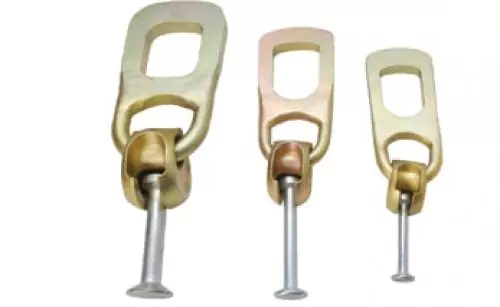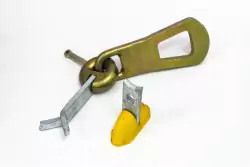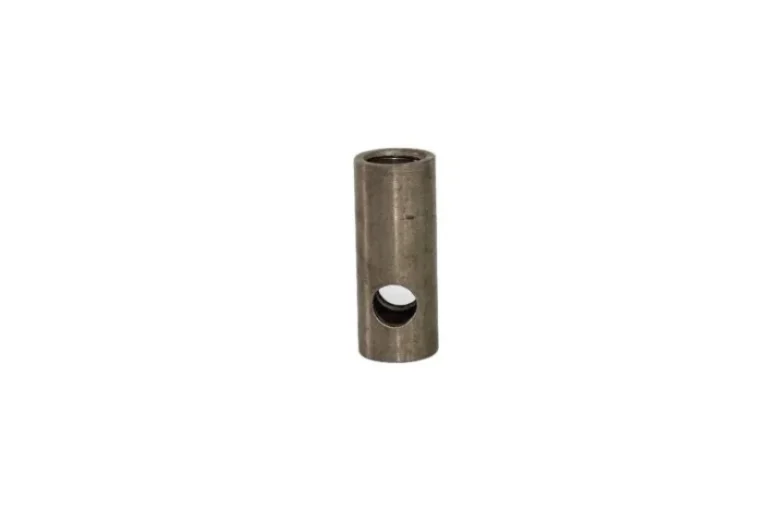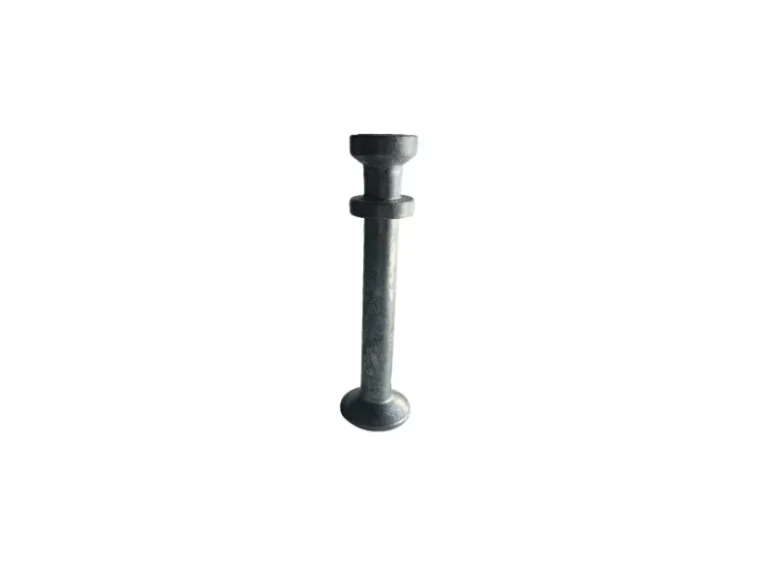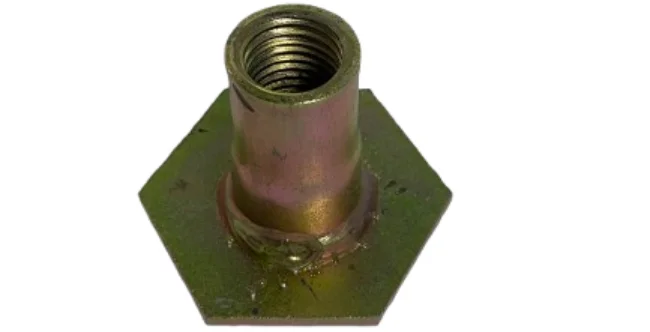The lifting clutch plays a role in handling tasks by enabling the safe and effective lifting of heavy concrete parts. It functions through a blend of elements that offer both durability and dependability in challenging construction settings. This piece explores the operations of lifting clutches and their significance in the concrete sector. The knowledge that’s vital for industry experts to grasp.
Introduction to Lifting Clutches in Concrete Handling
When it comes to dealing with concrete in construction workspaces, lifting clutches play a role in aiding the efficient movement of heavy concrete components. These tools are specifically built to connect to blocks, slabs, or precast elements to enable cranes and other lifting machinery to lift them. By using clutches the load is securely gripped during transportation minimizing the chances of accidents and material damage. Having a grasp of how these tools work with lifting gear is crucial for streamlining operations at construction sites that regularly handle heavy loads.
Components of a Lifting Clutch
The lifting clutch comprises parts that collaborate to carry out its task effectively. The main elements consist of a grabbing device a load ring and a releasing mechanism. The grabbing device is usually crafted to connect with the element by employing serrated edges or rubberized surfaces for improved grip. The load ring serves as a connection point for lifting apparatus enabling effortless attachment to cranes or hoists. The releasing mechanism enables the controlled disconnection of the clutch from the load to ensure safety. These parts are designed to last since they need to endure pressures when lifting heavy loads in tough concrete environments.
Working Principle of a Lifting Clutch
The functionality of a lifting clutch hinges on its capacity to smoothly engage and disengage while handling the weight it bears upon it. When the lifting operation initiates the clutch is set in motion to firmly grasp the component. This is commonly accomplished by activating the grasping mechanism that generates friction against the surface to prevent any slipping. As the crane or hoist elevates the load the clutch seamlessly shifts the weight, sustaining stability during the lifting operation.
The method for releasing is just as crucial since it guarantees the effective unloading of the piece. The operator can trigger the release function once the load is in place. This permits a controlled lowering of the gripping device to occur. This helps to reduce movements that might jeopardize the integrity of the concrete or the nearby environment. The accuracy of this process is vital for upholding safety regulations at construction sites where unexpected factors are frequent.
In summary, understanding how a lifting clutch works in concrete applications is critical for professionals in the construction industry. Through its carefully designed components and working principles, the lifting clutch provides a reliable solution for moving heavy concrete elements. Mastery of its use contributes significantly to operational efficiency and safety in various concrete handling scenarios.
Types of Lifting Clutches Used in Concrete Applications
Different kinds of lifting clutches are used in real-world scenarios to meet needs for lifting tasks; manual latch clutches are commonly seen alongside pneumatic counterparts.
Manual Latch Clutches: These clutches operate using a physical mechanism engaged by the operator. The operator manually secures the concrete component by engaging a latch, which provides a reliable grip for various lifting operations. They are often employed in situations where immediate release and engagement are necessary, making them versatile for different applications.
Hydraulic Lifting Clutches: Hydraulic systems power these clutches, offering an efficient means of engaging and disengaging the grip on concrete elements. By using hydraulic pressure, these clutches exert a consistent force, ensuring stability through the lifting process. They are particularly useful in large-scale projects where high load capacities need to be managed with precision.
Pneumatic Clutches: Utilizing compressed air, pneumatic clutches offer fast engagement and release capabilities suitable for dynamic environments. These clutches are beneficial in applications where speed and responsiveness are paramount. Their lightweight design also minimizes the additional load caused by the lifting equipment, making them a favored option on construction sites.
When choosing lifting clutches for tasks it is important to know the various types available so that safety and efficiency are maintained throughout operations.
Safety Considerations When Using a Lifting Clutch
Safety is crucial when using lifting clutches at work due to the dangers of handling heavy loads. Adequate training and following safety guidelines play a role in reducing these risks.
Regular Inspections: Conducting routine inspections of lifting clutches before use is essential to ensure their integrity. Inspections should focus on checking for wear and tear, particularly in the gripping mechanism and release system, as any defects can lead to accidents during lifting operations. Establishing a maintenance schedule promotes early detection of potential issues.
Load Limit Compliance: It is crucial to adhere strictly to the load limits recommended by the manufacturer. Overloading a lifting clutch compromises its structural integrity and poses an increased risk of failure during operations. Operators should be well-versed in the specifications of the lifting clutch being used and should never exceed its designated safe working load.
Proper Training: Operators must receive comprehensive training on the correct usage of lifting clutches. This includes understanding how to engage and disengage the clutch effectively and how to respond to potential emergencies. Training also ensures that operators are familiar with the specific characteristics of the equipment being used, thereby enhancing overall safety during concrete handling.
Environmental Assessment: Before initiating lifting operations, assessing the surrounding environment is essential. Factors such as weather conditions, ground stability, and proximity to hazardous areas all play a significant role in ensuring safe lifting practices. Operators should be vigilant and prepared to adapt their methods based on situational assessments.
When using lifting clutches in applications it’s important to follow safety guidelines to safeguard workers and equipment while also enhancing the efficiency of the project as a whole.
Innovative Solutions from BaoQi: BaoQi Products
Within the changing realm of managing materials on construction sites companies like BaoQi are leading the way with creative approaches to improve lifting efficiency and safety measures. Their dedication to state-of-the-art technology aligns seamlessly with the requirements of construction projects.
Integrated Automation: BaoQi provides lifting clutches with automated engagement and release systems that enhance control and safety on the worksite by reducing operation and improving precision, in lifting operations.
Durable Materials: BaoQis lifting clutches are made from materials that can endure conditions, in concrete work settings which guarantees their longevity and dependability while decreasing the need for frequent replacements and upkeep tasks essential for enhancing productivity, in construction projects.
Customizable Solutions: BaoQi offers personalized lifting clutches to match project needs and lifting capacities efficiently for concrete handling tasks at different job sites.
Comprehensive Support: BaoQi provides assistance by offering support and training to operators using their lifting clutches in addition to their innovative products. This dedication to customer service complements their high-quality products and guarantees that customers not only receive efficient lifting solutions but also learn how to operate them safely and effectively.
BaoQi embodies a mindset when enhancing technology for practical use cases and serves as a trusted ally for professionals in search of cutting edge solutions.

